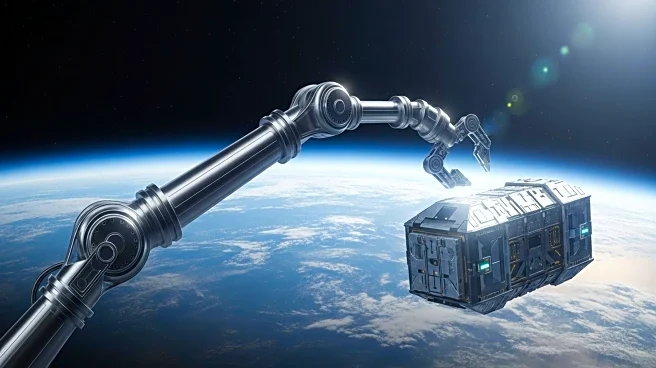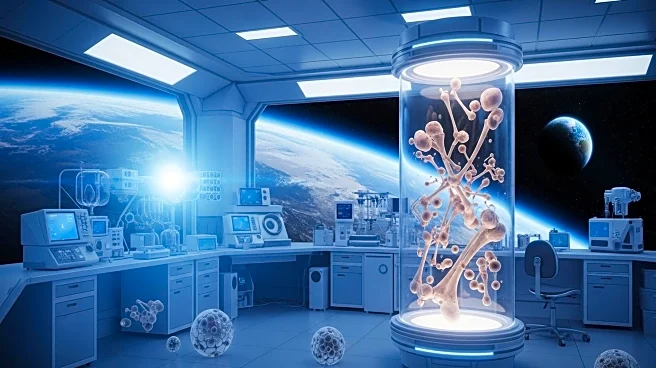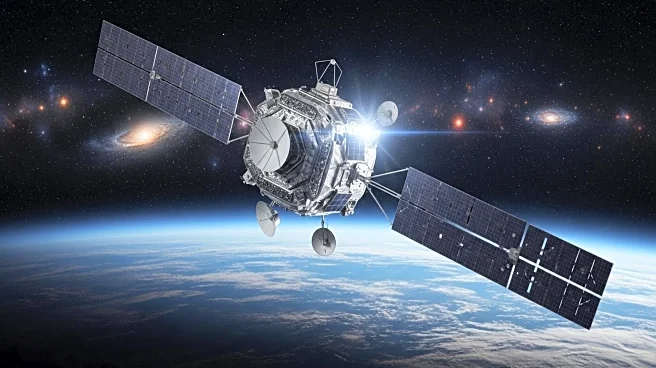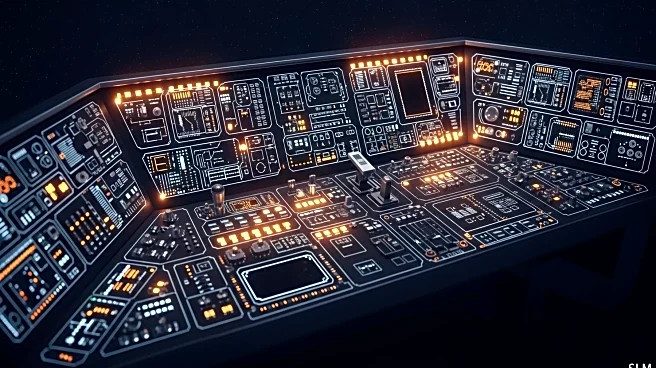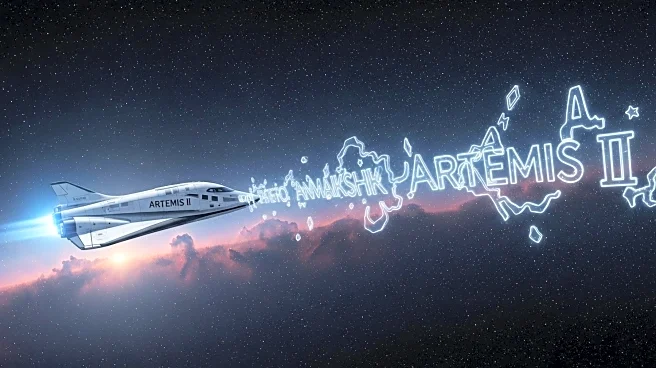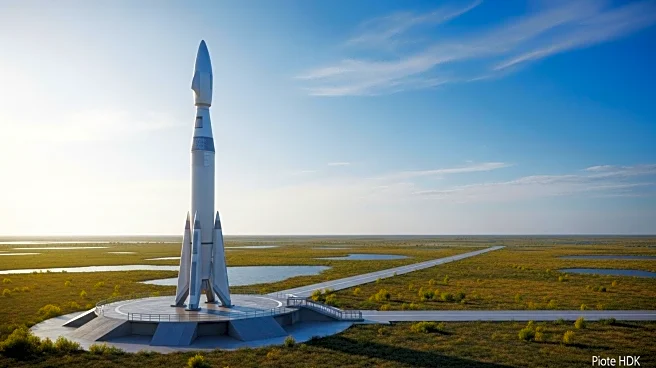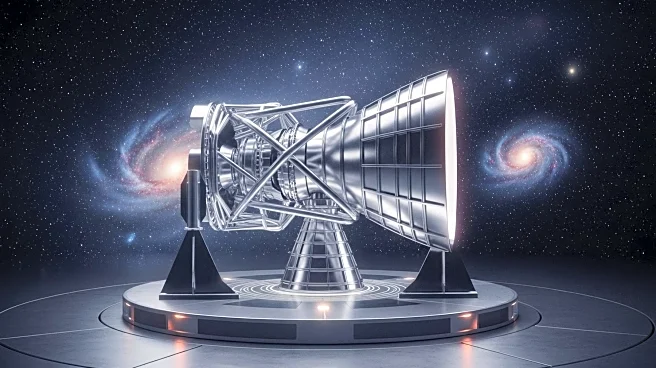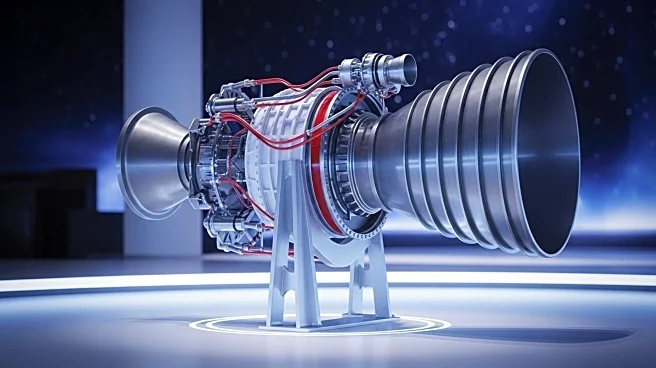What's Happening?
NASA's Table Mountain Facility has successfully demonstrated the use of laser beacon communication with the Psyche spacecraft as part of the Deep Space Optical Communications (DSOC) experiment. The facility transmitted laser signals at infrared wavelengths, which are ideal for deep space communication due to minimal atmospheric interference. The experiment involved sending and receiving encoded data over vast distances, utilizing advanced telescopes and detector arrays to capture and process faint signals.
Why It's Important?
The success of the DSOC experiment at the Table Mountain Facility marks a significant advancement in space communication technology. Laser beacon communication offers higher data rates and more efficient transmission compared to traditional methods. This technology is crucial for future missions that require the transmission of high-resolution images and scientific data from distant locations in space. The ability to reliably use laser communication can enhance NASA's capabilities in exploring the solar system, potentially benefiting scientific research and technological development.
What's Next?
NASA plans to continue developing laser communication technologies to support upcoming missions. The agency's SCaN program will integrate these advancements into future projects, ensuring that astronauts can send and receive data efficiently from space. As space exploration evolves, NASA will focus on expanding its communication infrastructure to meet the growing demands of data transfer from the Moon, Mars, and beyond.
Beyond the Headlines
The DSOC project's success highlights the importance of innovation in overcoming challenges such as weather disruptions and natural disasters. The perseverance of the team in refining laser communication techniques demonstrates the potential for technological breakthroughs in space exploration. This development may also influence other industries, encouraging the adoption of laser technologies for communication and data transfer.


